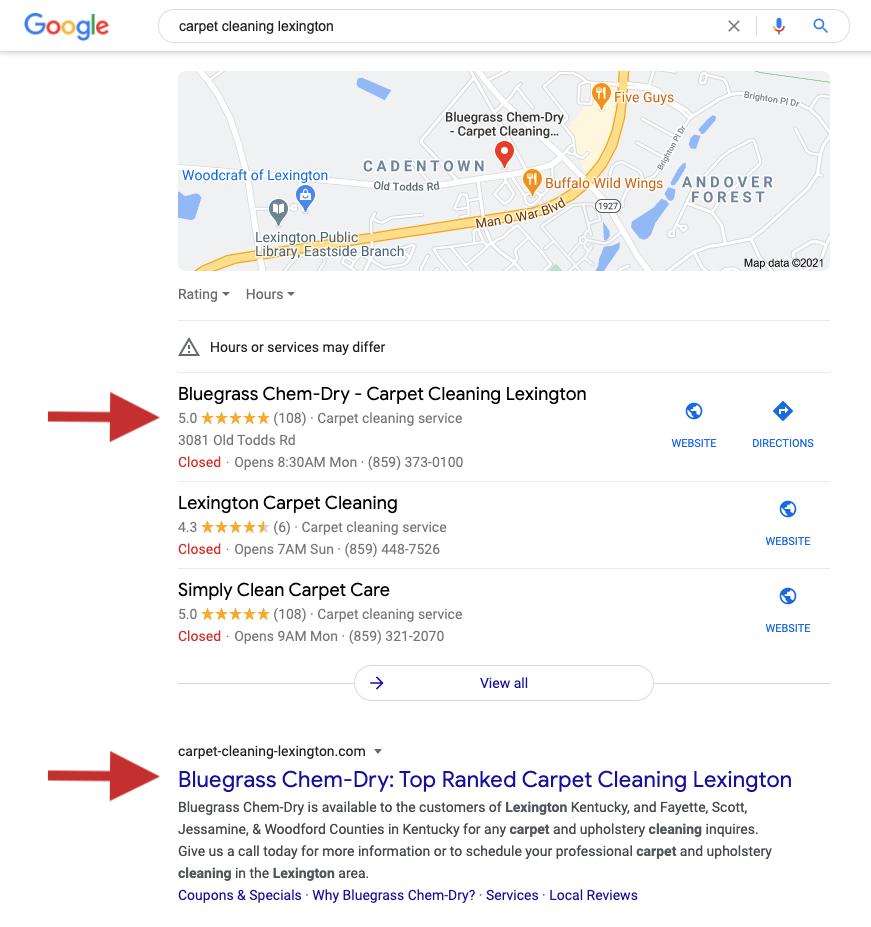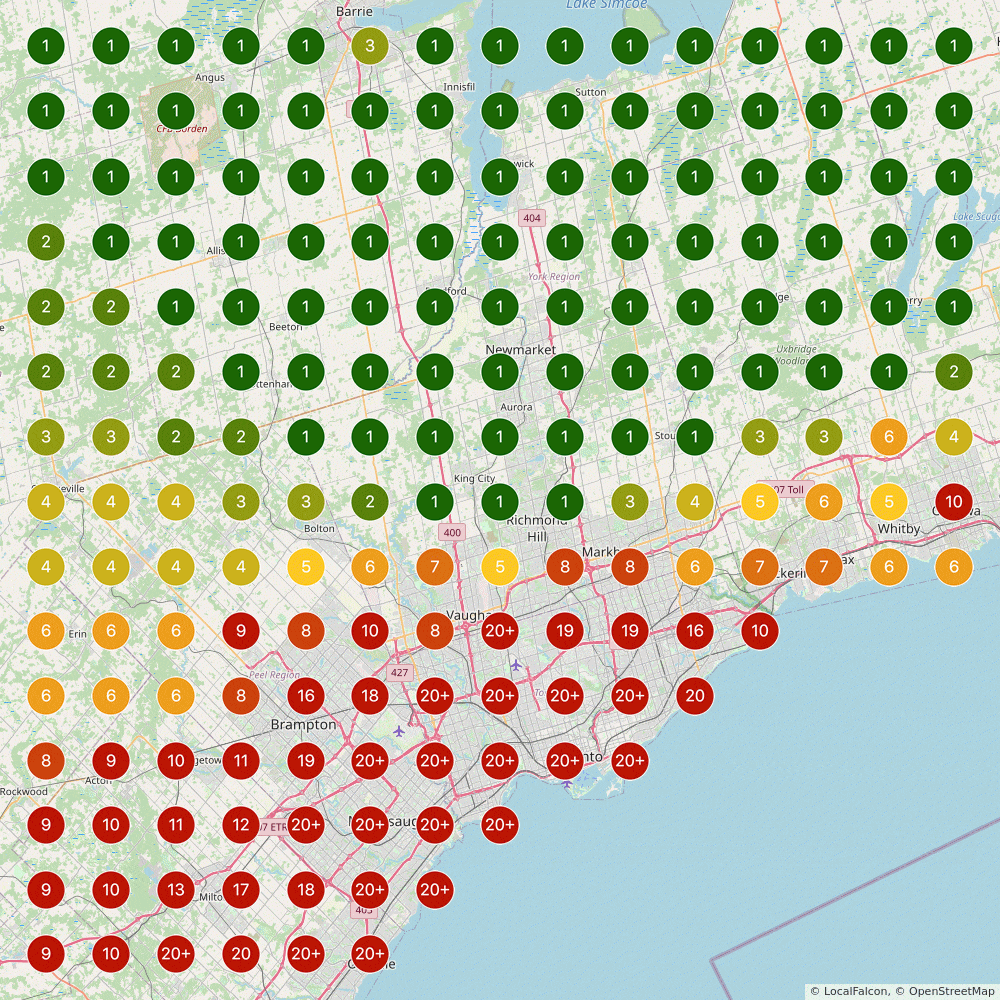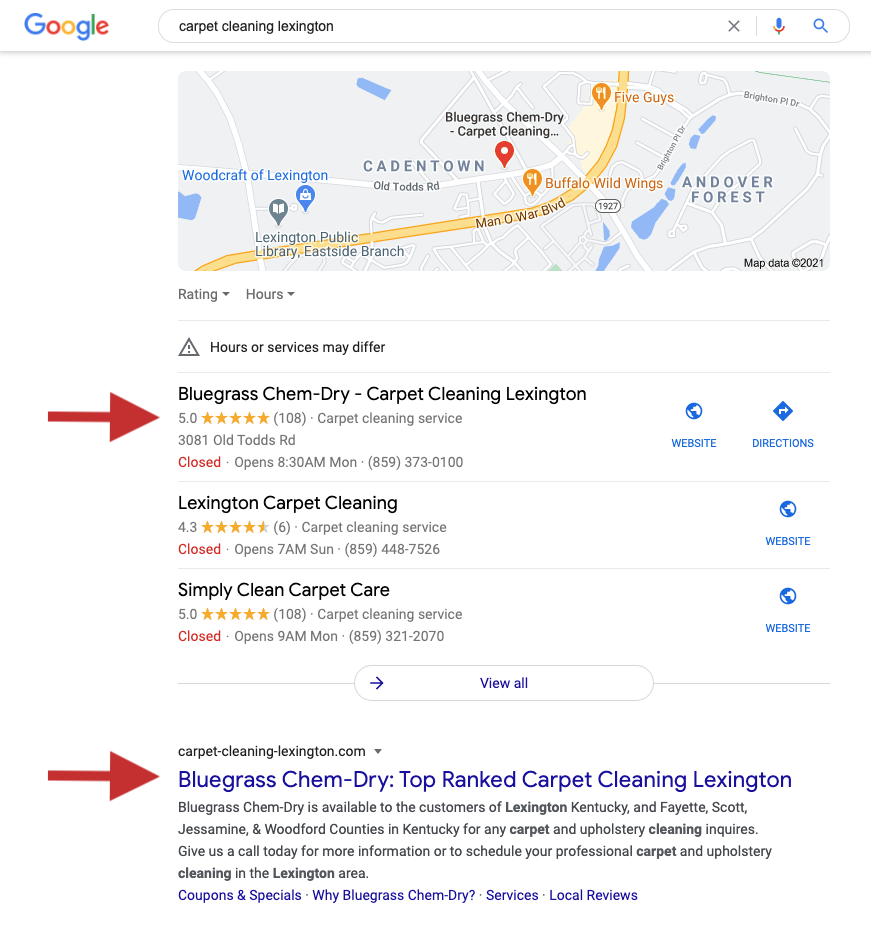We often have clients that come to us and don’t really understand what (exactly) SEO is. And honestly that is understandable, because “SEO” encompasses A TON of different things!
Here is a general definition:
SEO, or Search Engine Optimization, refers to enhancing a website to improve its visibility in the search engine results pages (SERPs). SEO covers various aspects, including technical factors, on-page and off-page elements, and content strategies.
If that doesn’t sound like an immense body of knowledge, I can assure you it absolutely is! Don’t believe me? Here are the buckets that SEO generally falls into.
Below is a broad one-page overview of the major areas of SEO:
- Keyword Research: This involves identifying and analyzing the terms or phrases people use in search engines that are relevant to your business or industry. The objective is to optimize content around these keywords to increase visibility.
- On-Page SEO: This focuses on optimizing elements on your website, such as title tags, meta descriptions, headers, URL structure, and images. It also includes optimizing the content for relevance, readability, and keyword usage.
- Technical SEO: This encompasses various technical factors that affect a website’s visibility on search engines. It includes site speed, mobile-friendliness, XML sitemaps, SSL certificates, structured data, canonical tags, and crawlability.
- Off-Page SEO: This area is focused on enhancing the domain’s authority and reputation through actions taken outside the website. It primarily includes link building strategies, social media marketing, and influencer outreach.
- Content Marketing: This aspect of SEO involves creating and promoting valuable, relevant, and consistent content to attract and engage a clearly defined audience, ultimately leading to profitable customer action.
- Local SEO: This is an area of SEO aimed at optimizing a business’s online presence to attract more business from relevant local searches. It includes strategies such as managing online reviews and ratings, optimizing for local keywords, and managing Google My Business listings.
- E-commerce SEO: This refers to the process of making your online store more visible in the search engine results pages. It involves optimizing product pages, product descriptions, metadata, internal link structure, and navigational structure for search and user experience.
- International SEO: This aspect is focused on optimizing your website so that search engines can easily identify which countries you want to target and which languages you use for business.
- Mobile SEO: With the increasing use of mobile devices for internet browsing, this aspect focuses on optimizing websites for mobile browsing, including responsive web design, site speed, and image optimization.
- Voice Search SEO: As voice search is increasingly becoming popular, this area focuses on optimizing for voice commands, including using natural language, answering questions directly, and optimizing for featured snippets.
- User Experience (UX) Optimization: This is the process of making your website more usable, accessible, and enjoyable for your users, which search engines reward with higher-ranking placements.
- Accelerated Mobile Pages (AMP): AMP is an open-source library that provides a straightforward way to create web pages that are fast, smooth-loading and prioritize the user-experience above all else. AMP pages are designed to load quickly on mobile devices, improving user experience and potentially increasing engagement.
- Schema Markup: Also known as structured data, Schema Markup is a semantic vocabulary added to a website that helps search engines understand the content, thereby enhancing your appearance in the SERPs. Schema types include Organization, Person, Local Business, Recipe, Article, and many more. When implemented correctly, schema markup can lead to rich results or enhanced listings in search results, such as including site name, logo, breadcrumbs, or a sitelinks search box.
- Page Speed: This refers to the amount of time it takes for the content on a specific page to load. Page speed is a significant ranking factor for search engines, as faster loading pages provide a better user experience than slow ones. This can involve optimizing images, leveraging browser caching, minifying CSS/JavaScript, and more. Google’s PageSpeed Insights is a tool that can be used to measure page speed and provide suggestions for improvement.
- Backlinks: Also known as inbound links, backlinks are links from one website to a page on another website. They are considered by search engines as votes of confidence and an indication of the quality and relevance of the content. High-quality backlinks can improve a site’s SEO rankings. Backlink strategies may include guest blogging, link reclamation, and content promotion.




